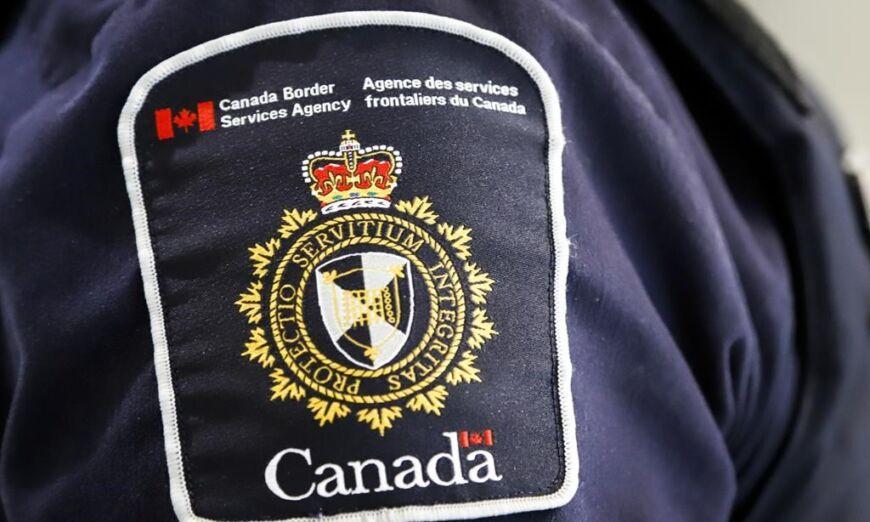Less than half of suspicious packages entering Canada by cross-border mail are X-rayed for high-risk items such as guns, according to an audit report by Public Safety Canada (PSC).
“The percentage of mail items screened by the detection technology to assess whether they were high-risk items requiring an in-depth examination was 65% in 2020-21 and 46% in 2021-22,” said the report, titled “Horizontal Evaluation of the Initiative to Take Action Against Gun and Gang Violence.”





